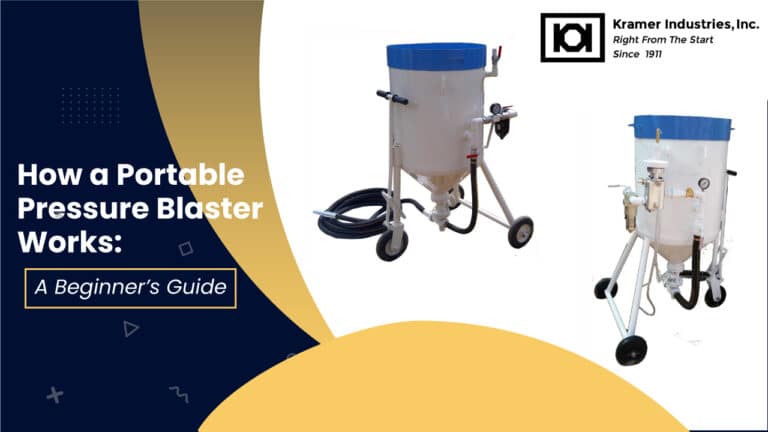Many building and remodeling jobs need concrete surface preparation. Concrete should be prepared in the correct way to make it smooth, strong, and long-lasting. It is also important to follow safety steps and use many of the right tools to keep workers safe, prevent any accidents, and help the project go well. This guide will talk about some of the best safety steps that have to be taken for concrete surface preparation.
Education First
Using concrete preparation tools requires proper training for the workers. Every worker should
learn safety rules, how to use tools, and how to take care of them. They should know each machine’s parts, limits, and how to maintain it. Regular training about surface preparation equipment keeps workers updated on safety rules.
Personal safety equipment (PPE)
Keeping workers safe starts quite with buying the right gear for them. Workers and other people around should wear safety goggles, ear protection, dust masks, gloves, steel-toed boots, and other such gear. Flying debris, loud noise, breathing in dust, and heavy tools can all become the reason for injuries. Proper gear will help prevent these injuries.
Maintenance and Inspection
Checking surface preparation equipment regularly is very important for safety. Before using machines, workers should check them. Are there any broken wires, loose parts, or controls that don’t work? Any broken equipment should be fixed before use or replaced right away to avoid accidents.
Project Area
Keeping the work area safe helps prevent many accidents. It should be out of limits for people who don’t really need to be there. Put up clear warning signs. Keeping the workspace clean and organized will lower risks. It also helps surface preparation equipment to work well.
Ventilation and Dust Control
Concrete surface preparation creates a lot of dust. This can be harmful to workers’ lungs. Fans and dust collectors significantly reduce dust in the air. They help in proper ventilation. Workers should also wear dust masks or respirators to protect themselves well.
Ear Protection and Noise Control
Surface preparation equipment makes loud noises that can hurt hearing. Workers should wear ear protection gear like earmuffs or earplugs to lower noise exposure. These aids protect from any hearing loss. Checking noise levels regularly and using noise-blocking tools, like barriers, can also quite help protect hearing.
Hazardous Material Management
Some materials used in concrete preparation can be dangerous. These include silica dust, chemical cleaners, coatings, and others. Workers dealing with them need training on how to handle, store, and get rid of these materials safely. They should always wear the needed safety gear and follow guidelines with utmost care to avoid exposure.
Emergency Readiness
Being ready for emergencies can save lives. Job sites should have first aid kits and safety gear that are easy to reach. Workers should know escape routes, where fire extinguishers are, and emergency contact numbers. A person in charge of emergency response should be assigned to act fast in case of an accident.
Proper Surface Preparation Equipment Handling
Workers should use concrete preparation tools carefully. They should follow the manufacturer’s instructions and not take shortcuts. Using tools in the wrong way can result in injuries to workers and damage to equipment.
Safe Material Storage
Storing materials the right way lessens risks. Chemicals, coatings, and tools should be kept in safe places. They should be far away from open flames or places with quite a lot of movement. Keeping things organized in the proper place helps to prevent spills, fires, and accidents.
Hydration and Rest
Concrete preparation is hard work. Workers should be well hydrated during work times. They should drink enough water and take breaks to avoid getting too much tired. Tired workers make mistakes, which can often lead to accidents.
Communication and Teamwork
Good communication between workers is very important on job sites. Workers should report any dangers seen or understood, ask questions regarding them, and follow safety steps. A team that works together prevents any accidents from taking place and makes the job go smoothly.
Safety should always come first when working with concrete projects. Following these safety steps helps workers stay safe and reduces accidents. The end result is a successful project. Proper training in surface preparation equipment, safety gear, regular checks, and good worksite safety rules create a safe place for everyone involved.




